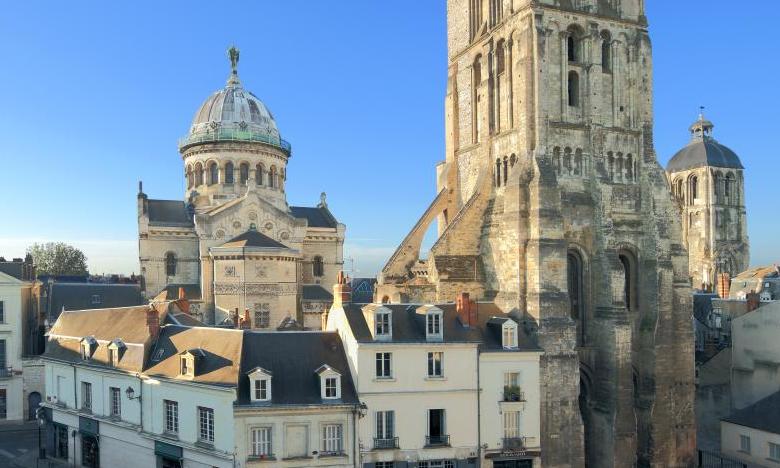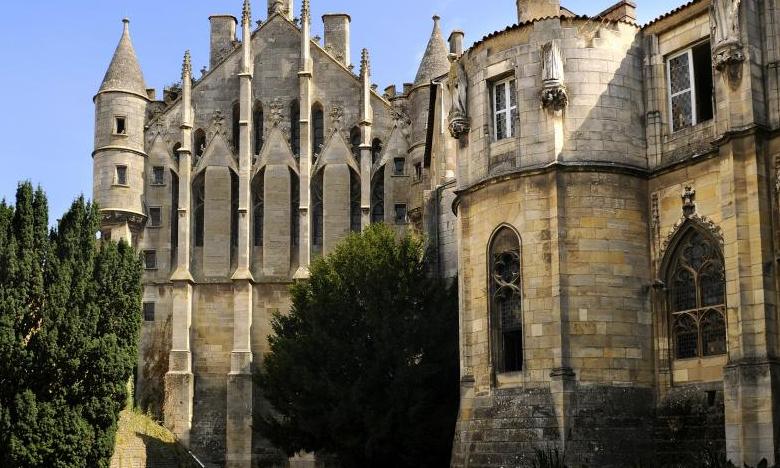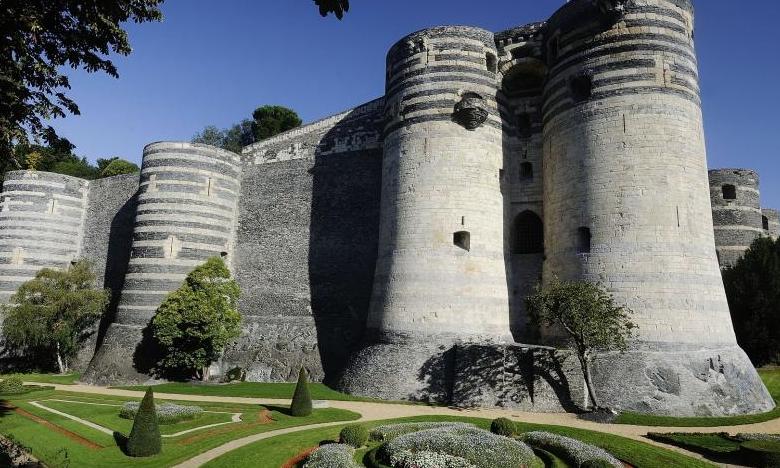In 1972, the United Nations Educational, Scientific and Cultural Organization (UNESCO) put forward a convention to name, catalogue and conserve sites of outstanding cultural or natural importance to the heritage of humanity. Compilation of this World Heritage List officially began in 1975 and presently includes more than 1,000 landmarks and areas in 167 counties. Today, it is the world's most popular cultural program.
France is well represented on this list. In fact, it is tied with Germany as fourth on the ranking of countries with the greatest number of World Heritage Sites, behind Italy, China and Spain. Of France's 44 sites, 39 are cultural properties, four are natural and one is mixed. Another 37 are on the country's tentative list of significant sites that may be nominated for future official World Heritage recognition.
A significant number of the listed World Heritage Sites are in or associated with 18 of the French regional capitals and smaller cities that are members of a French association called Top French Cities. Here are nine of them, located in the western reaches of the country.
Amiens: Right at the heart of Picardy, the 13th-century Amiens Cathedral became a World Heritage Site in 1981. Its importance rests in its size, classic gothic design and superb statuary. In addition, the cathedral is a religious sanctuary on the Routes of Santiago de Compostela in France, recognized by the World Heritage Committee as a collection of 71 sites along four Middle Age pilgrimage roads that led toward Spain.
Also in Amiens is a large, 15th- and 18th-century belfry, one of 55 included in the Belfries of Belgium and France World Heritage listing. Twenty-three of these bell towers, most dating from the 11th to 17th centuries, are scattered across northern France, each representative of a town's independence, wealth and influence. Learn more about Amiens.
Angers: The city of Angers lies near the edge of the Loire Valley, an area listed as France's largest World Heritage Site and treasured for its cultural landscape, historic villages and towns, majestic chateaus and other monuments, and cultivated lands. The Château d'Angers is the largest fortress in the Loire Valley and home of the medieval Apocalypse Tapestry, the oldest surviving French tapestry and biggest medieval tapestry ensemble in the world. Learn more about Angers.
Bordeaux: The exceptional 18th-century urban planning and neoclassical architecture of Bordeaux have been honored as the most extensive urban environment in the world to be inscribed as a World Heritage Site. As such, it is home to more protected buildings than any other French city except Paris. This port city, notable for its winemaking and seafaring industries, is also valued for its historic role as a place of cultural exchange. Learn more about Bordeaux.
Le Havre: World War II bombs exacted a heavy toll on the Normandy city of Le Havre. Then, from 1945 to 1964, architect Auguste Perret led an ambitious post-war reconstruction team that embraced traces of the old town but used new urban planning ideas and construction technology, especially reinforced concrete. The high standards and historical importance of Le Havre's rebuilt center saw it added as a World Heritage Site in 2005. Learn more about Le Havre.
Lille: The belfry atop Lille's city hall is an enduring architectural symbol of the city and the whole Hauts-de-France region. Soaring to 341 feet (104 meters), the red-brick construction, completed in 1932 as a post-World War I reaffirmation of the city's status, is the tallest municipal building in France. The belfry is also one of northern France's 23 bell towers listed as the World Heritage Belfries of Belgium and France. Learn more about Lille.
Orléans: The Loire Valley – France's largest World Heritage Site – includes nearly two dozen locations once used as residences by French royalty. Orléans was one of them. It is remembered as well as the town liberated by Joan of Arc in 1429. Today, EuroVelo 6, a bike route from the Atlantic to the Black Sea, passes through Orléans as it parallels the Loire the length of its World Heritage Site area. Learn more about Orléans.
Poitiers: Once central to the court of the Counts of Poitou and Dukes of Aquitaine, Poitiers was an important way station on the Routes of Santiago de Compostela in France. Included as one of the 71 elements in connection with these World Heritage-listed pilgrimage roads toward Spain is Poitiers' 11th-century Church of Saint-Hilaire-le-Grand. Its Romanesque choir and transepts are notable for their high ceilings. Learn more about Poitiers.
Tours: Throughout the Loire Valley area recognized as a World Heritage Site, three things prevail: castles, gardens and wine. Tours has all of that, including numerous historic monuments, beautiful green spaces and surrounding vineyards that are part of the third largest wine region in France. Especially notable, Vieux (Old) Tours still impresses as one of the best preserved medieval districts in the country, with many half-timbered buildings. Learn more about Tours.
Versailles: Louis XIV had a vision and the royal wherewithal to transform a hunting lodge into one of the world's most sumptuous palaces. It was official residence of the kings of France from 1682 until the 1789 French Revolution. Versailles' architectural and artistic riches, several smaller palaces, jaw-dropping gardens and famous collections made it a model for royal opulence and a shoe-in as a World Heritage Site, one of France's first in 1979. Learn more about Versailles.
About Top French Cities – www.francepresskit.com
Top French Cities is an association of 29 cities, from regional capitals like Bordeaux to important towns like Avignon and Versailles. They are perfect for young travelers, families and anyone else looking for fun and authentic French experiences that will fit their budget. Most of these cities are university towns with a youthful atmosphere, but all of them reflect the heritage and distinctive flavors of the regions to which they belong. Many are forward-looking too, with historic buildings repurposed to house contemporary art and activity centers like Les Docks in Marseille. Many have created or integrated new, modern museums to contrast with their classical, architectural heritage, like in Nimes, where the cutting-edge Museum of Roman Civilization (Musée de la Romanité) is located across from the historic Roman amphitheater, or in Nantes, where whimsical mechanical creatures are being created, or in the UNESCO World Heritage Site concrete city of Le Havre.




